Refine listing
Actions for selected content:
2251 results in Cambridge Elements
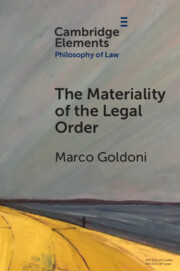
The Materiality of the Legal Order
-
- Published online:
- 22 April 2022
- Print publication:
- 19 May 2022
-
- Element
- Export citation
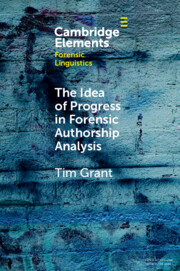
The Idea of Progress in Forensic Authorship Analysis
-
- Published online:
- 22 April 2022
- Print publication:
- 19 May 2022
-
- Element
-
- You have access
- Open access
- HTML
- Export citation

Reflective Practice in Language Teaching
-
- Published online:
- 22 April 2022
- Print publication:
- 19 May 2022
-
- Element
- Export citation
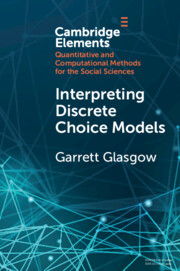
Interpreting Discrete Choice Models
-
- Published online:
- 21 April 2022
- Print publication:
- 12 May 2022
-
- Element
- Export citation
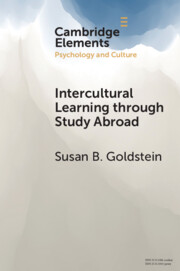
Intercultural Learning through Study Abroad
-
- Published online:
- 21 April 2022
- Print publication:
- 12 May 2022
-
- Element
- Export citation
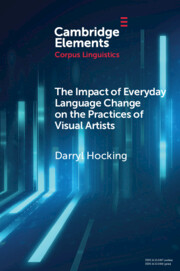
The Impact of Everyday Language Change on the Practices of Visual Artists
-
- Published online:
- 21 April 2022
- Print publication:
- 19 May 2022
-
- Element
- Export citation

Tax Policy
- Principles and Lessons
-
- Published online:
- 20 April 2022
- Print publication:
- 12 May 2022
-
- Element
- Export citation
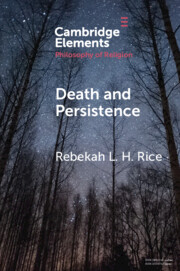
Death and Persistence
-
- Published online:
- 19 April 2022
- Print publication:
- 12 May 2022
-
- Element
- Export citation
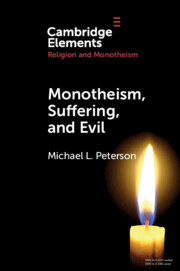
Monotheism, Suffering, and Evil
-
- Published online:
- 14 April 2022
- Print publication:
- 12 May 2022
-
- Element
- Export citation
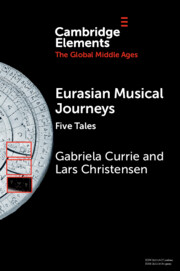
Eurasian Musical Journeys
- Five Tales
-
- Published online:
- 13 April 2022
- Print publication:
- 05 May 2022
-
- Element
- Export citation

The Child as Visual Artist
-
- Published online:
- 12 April 2022
- Print publication:
- 12 May 2022
-
- Element
- Export citation

Herding Scientists
- A Story of Failed Reform at the CDC
-
- Published online:
- 11 April 2022
- Print publication:
- 12 May 2022
-
- Element
- Export citation
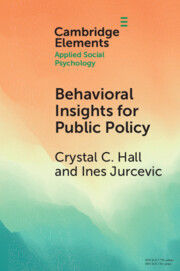
Behavioral Insights for Public Policy
- Contextualizing our Science
-
- Published online:
- 08 April 2022
- Print publication:
- 28 April 2022
-
- Element
- Export citation

‘Ritual Litter' Redressed
-
- Published online:
- 07 April 2022
- Print publication:
- 19 May 2022
-
- Element
- Export citation
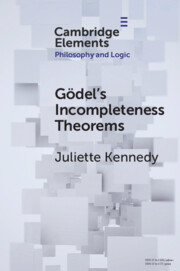
Gödel's Incompleteness Theorems
-
- Published online:
- 05 April 2022
- Print publication:
- 14 April 2022
-
- Element
- Export citation

Rage Giving
-
- Published online:
- 04 April 2022
- Print publication:
- 28 April 2022
-
- Element
- Export citation
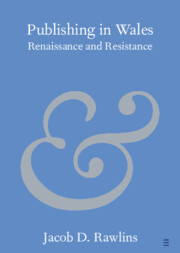
Publishing in Wales
- Renaissance and Resistance
-
- Published online:
- 01 April 2022
- Print publication:
- 28 April 2022
-
- Element
- Export citation
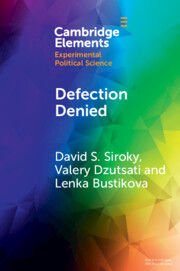
Defection Denied
- A Study of Civilian Support for Insurgency in Irregular War
-
- Published online:
- 31 March 2022
- Print publication:
- 05 May 2022
-
- Element
- Export citation
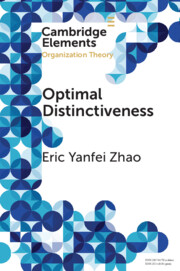
Optimal Distinctiveness
- A New Agenda for the Study of Competitive Positioning of Organizations and Markets
-
- Published online:
- 31 March 2022
- Print publication:
- 05 May 2022
-
- Element
- Export citation
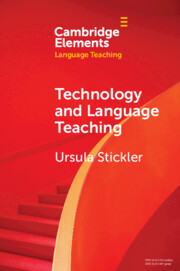
Technology and Language Teaching
-
- Published online:
- 31 March 2022
- Print publication:
- 28 April 2022
-
- Element
- Export citation
